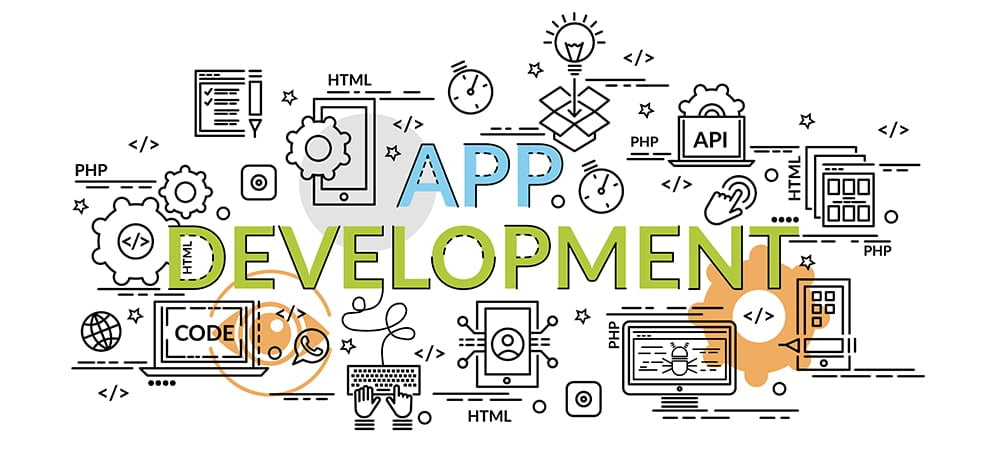Fiori and Low-code


The current markets and the business environment of today's companies are characterized by rapid changes, new competitive structures, uncertainties and rapidly changing customer requirements. Existing SAP customers are faced with the particular challenge of driving forward the transformation to S/4 with their own limited resources and know-how, while at the same time already developing innovative apps in order to be able to implement business requirements and digital business processes quickly and independently of platforms.
A recent study by Techconsult in collaboration with Neptune Software shows that low-code platforms have already become a relevant option within SAP application development at German companies. More than two-thirds of all companies (68 percent) say they are already actively looking at corresponding solutions and have either already integrated them into SAP software development processes or are planning to do so within the next five years. Flexible and modern software solutions, such as SAP's Intelligent Enterprise solution framework, which also includes the new SAP ERP world around S/4, are a key success factor for further digitization and the foundation for digital processes.
In the context of advancing digitization, ever higher expectations are being placed on the development and provision of applications. The selection of the right technologies, the consideration of comprehensive security concepts, constantly changing customer and business requirements and the focus on a high user experience present companies and developers with ever greater challenges. Even more so when the development of enterprise applications has to be increasingly cost-effective and in ever faster cycles in order to bring new business ideas to market quickly.
Against this backdrop, companies will have to overcome a wide range of challenges in the future, and it is therefore not surprising that the most important challenges include adherence to the budget frameworks made available, the limited time frame, both for the elimination of bugs and for the entire project duration, a high user experience, short release cycles for a fast time-to-market, and collaboration between the business departments and IT.

UI5, HTML5, JavaScript and Abap
These challenges are increasingly being met with agile, innovative development methods and technologies have now evolved that make software more flexible and cost-effective. There is a move away from large, time-consuming and cost-intensive software rollouts toward agile development with fully automated processes and development methods, which are necessary for the fast-moving environment of digitization in order to be able to develop and provide software with the required quality, speed and efficiency even in times of tight budgets and resources. In the SAP environment, low-code platforms offer different approaches to support the development of individual SAP applications or the further development and adaptation of existing applications.
For example, they offer the ability to develop UI5-based Fiori apps in the existing SAP infrastructure during the S/4 transition and continue to do so thereafter. Using graphical modeling tools, developers don't need to know HTML5 or JavaScript, and Abap developers can use SAP's strategic technology stack in the core digital system, without additional tools or expertise, to develop custom apps as well as provide business functions as APIs.
As the study results show, the companies see a clear benefit in the use of low-code platforms for the further development of their SAP applications. The user companies surveyed see the strongest effects primarily in the fact that time can be saved and projects completed within the required timeframes thanks to simplified and automated processes. Other significant effects on the development processes in the companies are seen in the platforms above all in the adherence to budgets and reduction of costs, the guarantee of data protection and data security, the provision of modern apps even before or during the conversion to S/4 Hana, and in better cooperation between IT and the business departments.
More than two-thirds of the respondents rated all aspects as having a high or very high benefit for their company. The migration can thus be accelerated and professional developers as well as business users without specific programming skills can create and adapt individual applications of varying complexity even during the migration process in order to be able to flexibly and quickly implement the dynamic requirements from the business for software development.






